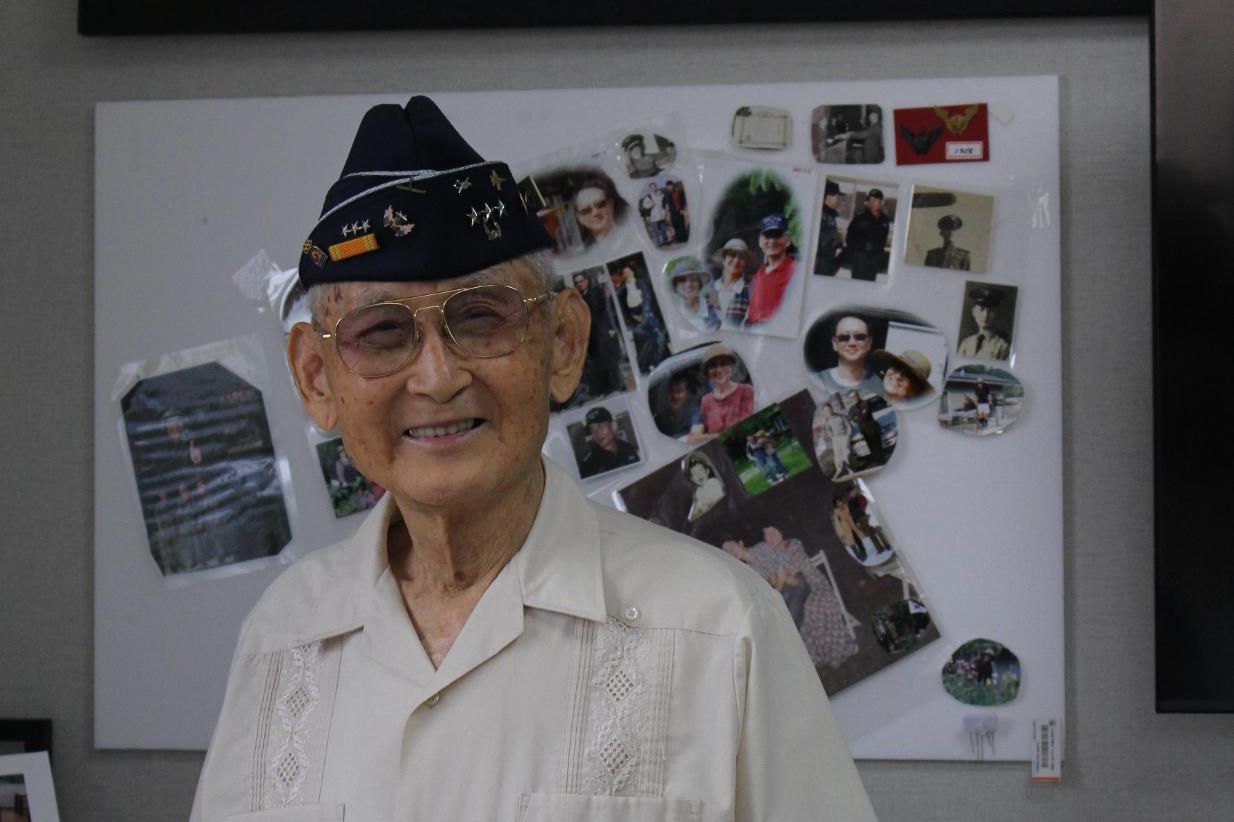As Korea enters the era of a “super-aged” society, many older people are discovering that old age now unfolds without the physical presence and care of family that once seemed assured — a stark shift in a country where, for generations, parents relied on their children in later life.
One of them is Lim Dong-wook, 93, who once led a busy life as a successful businessman. But after retirement, his world became quieter. His social contacts faded, and he found himself spending most days alone. His son frequently travels abroad for work, and his two daughters live in the United States.
With no one around to share meals or check in on him, Lim subsisted on snacks and quick bites — a routine that eventually impacted his health. Last year, he collapsed at home and had to rely on a wheelchair.
“It was a tough time. Life doesn’t go the way you want,” Lim said.
So Chin-tae, 88, a retired Air Force lieutenant general and former superintendent of the Air Force Academy, tells a similar story. As a fighter jet pilot in a highly competitive field, he devoted his youth entirely to military service, but made few preparations for life afterward.
“I hope to live in a way that brings joy and meaning to each day, without becoming a burden to my family,” he said.
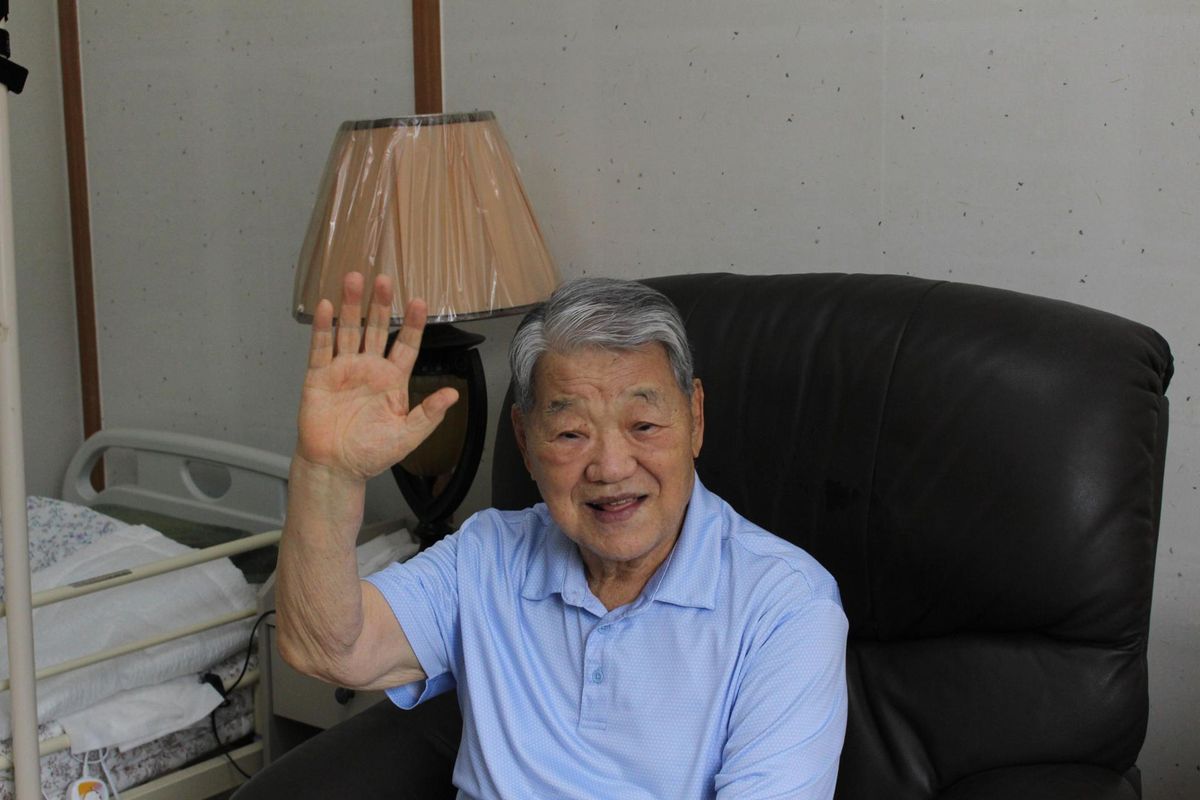
Lim Dong-wook, a retired businessman, poses for The Korea Times at seniors’ residence in Yongin, Gyeonggi Province, operated by Caredoc, Aug. 25. Korea Times photo by Lee Yeon-woo
Despite their different backgrounds, Lim and So became friends in 2024 after moving into seniors’ housing in Yongin, Gyeonggi Province. Quietly nestled near Mount Beophwa, the five-story facility is home to 25 older adults. For many, it offers a renewed sense of community and purpose.
The residence is part of a new model of elder care developed by the Korean startup Caredoc, which aims to innovate how seniors live and age.
Instead of following the conventional path — living at home, then moving to a hospital, with “silvertown” retirement communities sometimes in between — Caredoc’s housing provides a home-like setting, with caregivers available to support residents from the outset.
Each resident has a private room (about 26.4 to 36 square meters), with shared lounges, rooftop and activity spaces. Residents are encouraged to bring their own furniture to create a familiar environment.
Daily life includes optional programs like sauna sessions, karaoke, music practice, exercise and art. Two programs are offered each day, and So is considered one of the most enthusiastic participants.
Lim joked that a caregiver once told him to do a thousand push-ups — a testament to how seriously he takes his workouts now. Since moving in, he has lost 25 kilograms thanks to regular meals and physical activity.
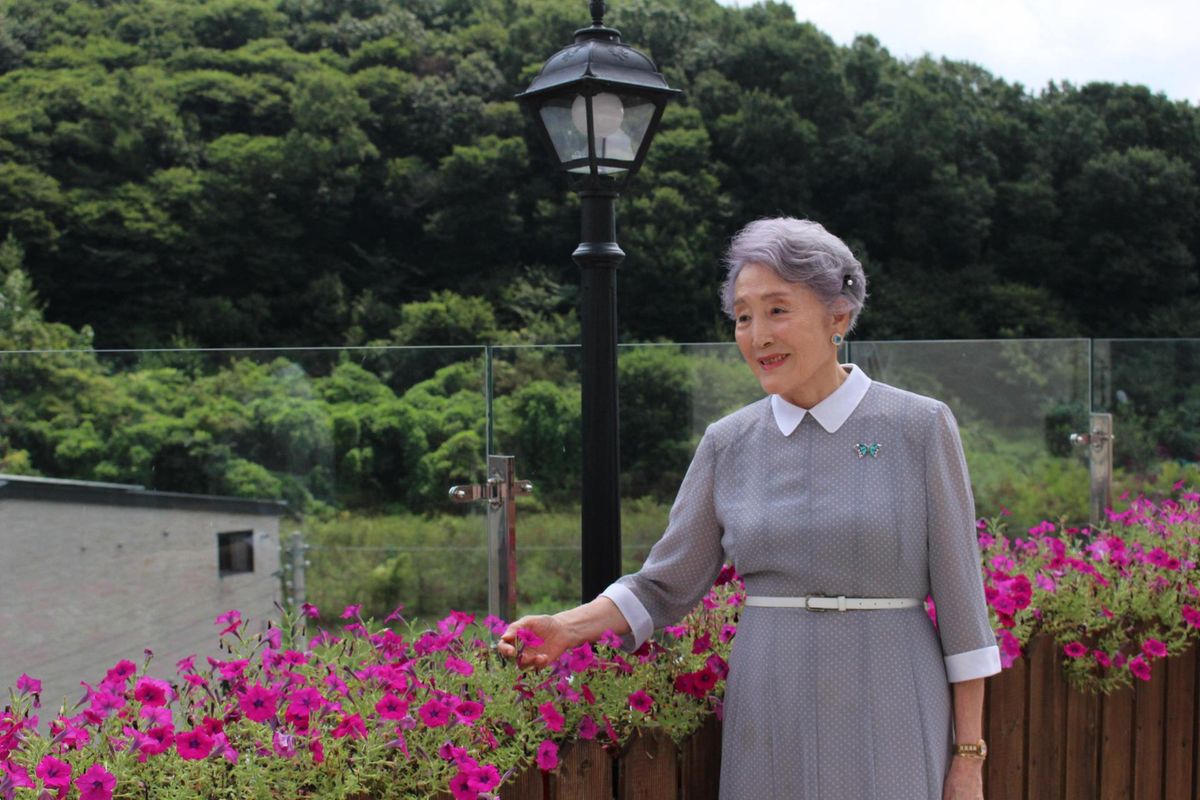
Nam Sang-wook poses for The Korea Times at seniors’ housing in Yongin, Gyeonggi Province, operated by Caredoc, Aug. 25. Korea Times photo by Lee Yeon-woo
“If you’re financially comfortable, I think it’s better not to pass everything down to your family,” So said. “Spend it on yourself and enjoy your time in a good facility.”
New way of aging
His comment reflects a broader cultural shift. For generations, Korean parents relied on their children for support in old age. But as family structures evolve and economic pressures mount, that model is breaking down.
“You don’t need to give everything to your kids,” said Nam Sang-wook, another resident, now 87. “Once you’ve helped them stand on their own, that’s enough. In the past, raising successful children meant a comfortable old age. But now, they’re struggling just to stay afloat. You need to plan for your own later years.”
Nam and her husband moved in last year after he suffered a spinal fracture. Unlike some residents who were persuaded by their children, Nam took pride in making the decision herself and in remaining financially independent.
“I calculated my finances backward — as if I’d live to 110 — and decided to move in,” she said.
At the heart of this new approach is Park Jae-byeong, founder and CEO of Caredoc. He says what sets their seniors’ housing apart is its focus on care.
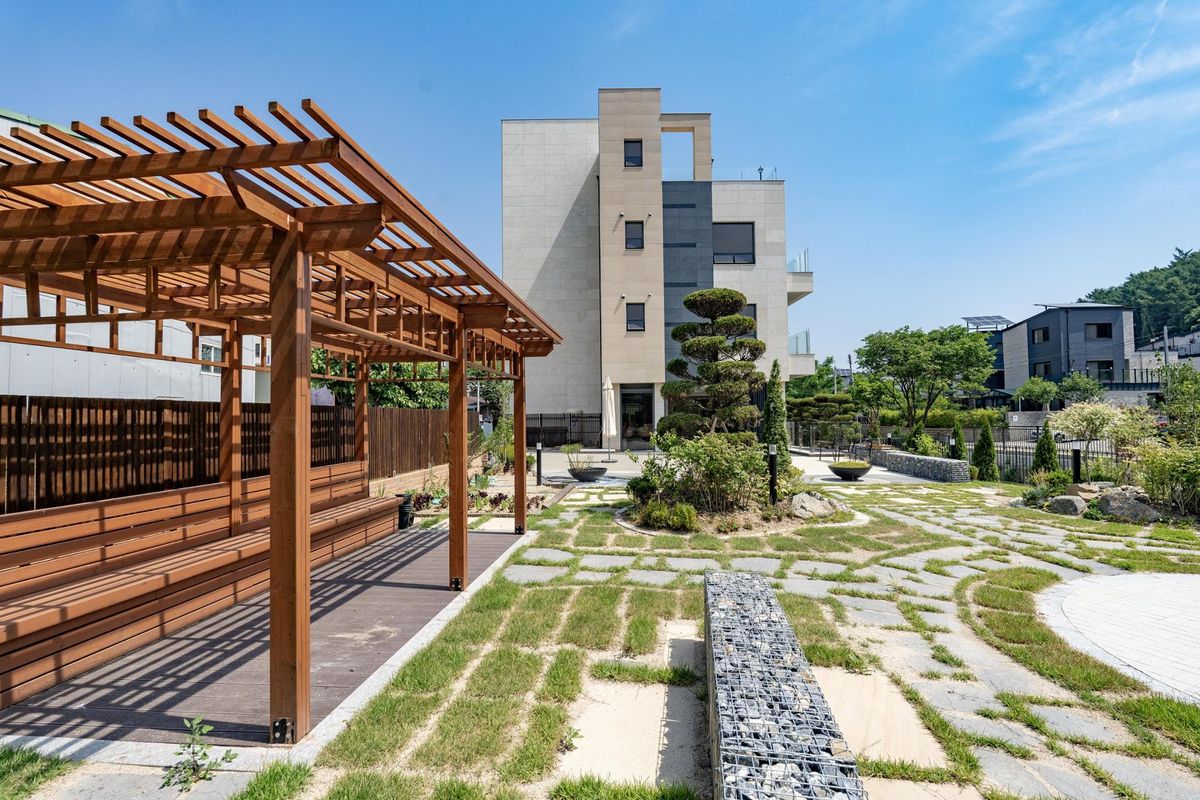
Seniors’ housing in Yongin, Gyeonggi Province, operated by Caredoc / Courtesy of Caredoc
“Most ‘silvertowns’ are more like real estate developments, with big buildings in prime locations,” Park said. “They minimize care services because they know that once issues arise, things get complicated.”
“But seniors need real help — someone to assist them with bathing, cleaning, moving around. Those places don’t provide that. Once you start aging more, you’re basically pushed out to a nursing hospital,” Park added.
Park founded Caredoc in 2018 after volunteering in neighborhoods of cramped single-room dwellings typically occupied by the elderly.
The company began as a platform to connect people with nursing facilities, later expanding into caregiver-matching services and in-home care. Today, it operates four senior housing sites in the Seoul metropolitan area.
Public duty or private innovation?
Warnings about Korea’s demographic crisis have echoed for years, but there’s been no unified policy response and few private companies have taken initiative.
“The existing care system has largely been driven by the government. When it comes to solutions, the answer is to raise more taxes. But no one actually wants to pay higher taxes, so in the end, no one really tackles the root of the problem,” Park said.
What heightens the concern is the unprecedented speed of aging in Korea. Last December, the country crossed into super-aged society status, with those 65 and older now comprising more than 20 percent of the population.
It took just seven years to transition from an aging society (14 percent or more elderly) in 2017, three years faster than the government had originally projected. Even in Japan, where aging has been particularly rapid, the same transition took a full decade.
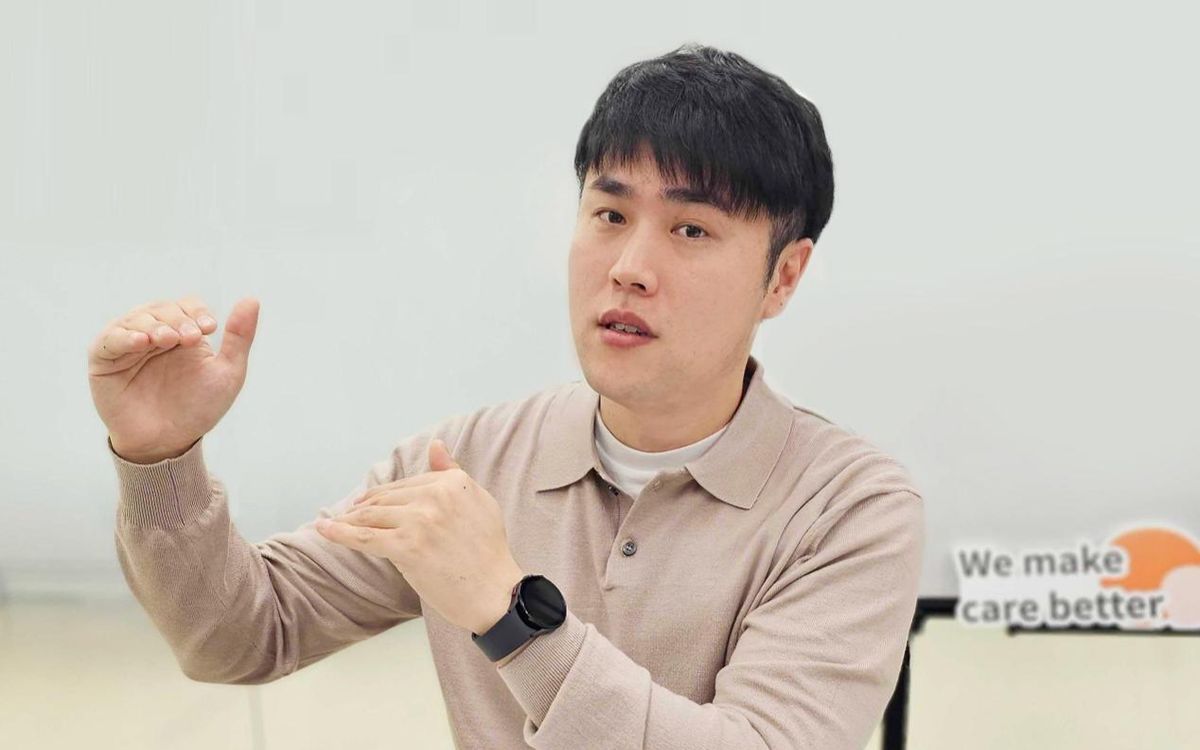
Park Jae-byeong, founder and CEO of Caredoc / Courtesy of Caredoc
Park noted that while the GDP may continue to grow and overall resources may increase, Korea’s elderly population is expanding much faster. Along with it, the demand for senior care is set to surge.
Government-led care policies, he added, are framed primarily as public welfare and inevitably leave blind spots. He believes it is increasingly urgent to foster an environment where private companies with innovative ideas can enter and shape the senior care market.
“Only one thing has been clearly defined so far: The budget and service will go first to those who are poorer and sicker,” Park said. “And for those not covered by public support, private services could be an option.”
A diverse mix of private-sector providers, he stressed, is essential to offer a broader range of pricing and service levels that can meet different needs and income brackets.
“Koreans may be the most demanding people in the world,” he said, jokingly. “That high standard gives this model even more potential.”
Caredoc plans to open three or four additional senior housing sites within the year. Last year, it attracted several billion won in investment from Invesco, as the global asset manager saw the potential in the senior market.
Looking ahead, Park sees opportunities for expansion abroad — particularly in Southeast Asia, the United States and Japan. He points to Korea’s successful export of postpartum care services to the U.S. as a compelling precedent, especially for Korean communities overseas.
“If it works in Korea, it can work anywhere,” he said.
